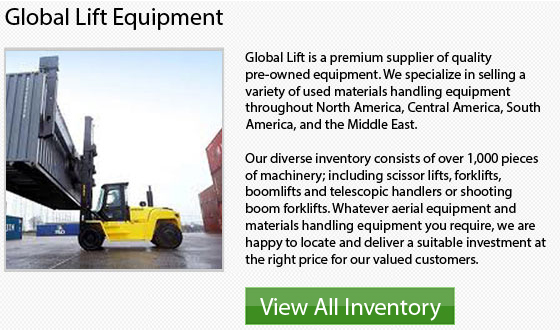
The turning radius on a lift truck is also known as the turning circle. This piece of information is important for a machinery operator to have. It gives the driver the knowledge of how much space is needed to turn the lift truck around. Like for example, a tighter turning radius allows the equipment to operate successfully in tight places and crowded areas, therefore improving the forklift's maneuverability. Operators who are not aware of this measurement could cause damage to the machinery or to the property.
Make the necessary steering geometry alignment corrections before testing the turning radius. The test must begin with an operator trainer helping in the cab where they can help to control the machine's functions. A second individual on the ground uses a spray bottle or a hose to wet the inside and outside of the unit's wheels. After that, drive the machinery in a complete circle with the wheels turned to the maximum angle. Repeat the procedure once and if necessary, continue to wet the wheels.
After this measurement test has been completed, measure the watermarks left by the tires utilizing a tape measure, from the midpoint of the tire mark to a similar point across the diameter of the circle. For the outside turning diameter, measure the watermark left by the outside tires from the circle's one side to the circle's opposite side. You can establish the inside turning radius by stretching the tape measure across the circle left by the interior tires. Next, divide these numbers in 2 in order to establish the turning radius. Be sure to note that the turning center is the midpoint of the diameter of the circle.
Drop a plumb line from the extreme outside radial extension on the machine in order to determine the wall-to-wall turning diameter. Once this is completed, next locate the point on the pavement directly below. This point to the turning center indicates the clearance radius of the vehicle. As a rule, wall-to-wall turning diameter is two times the machinery clearance radius.